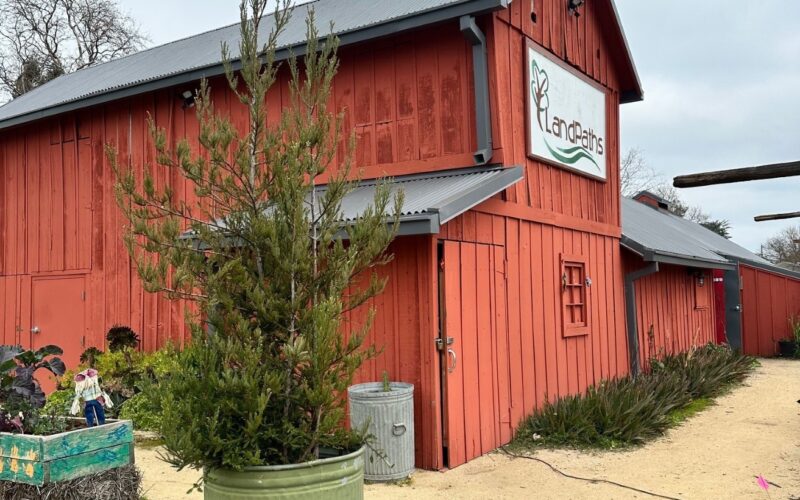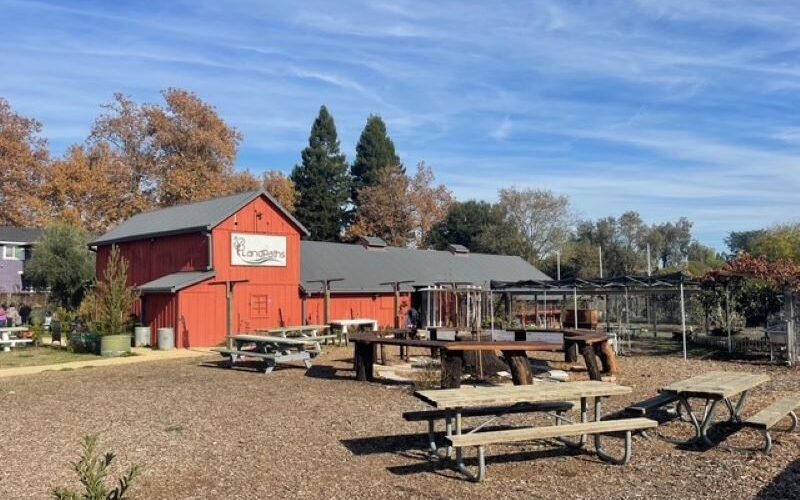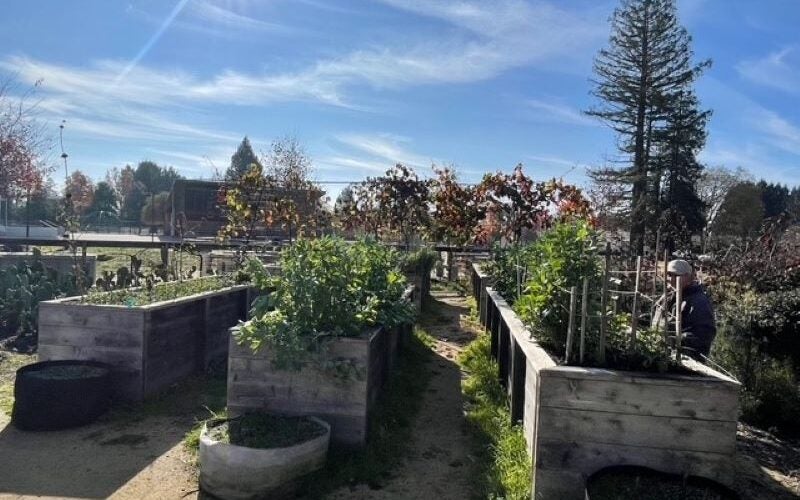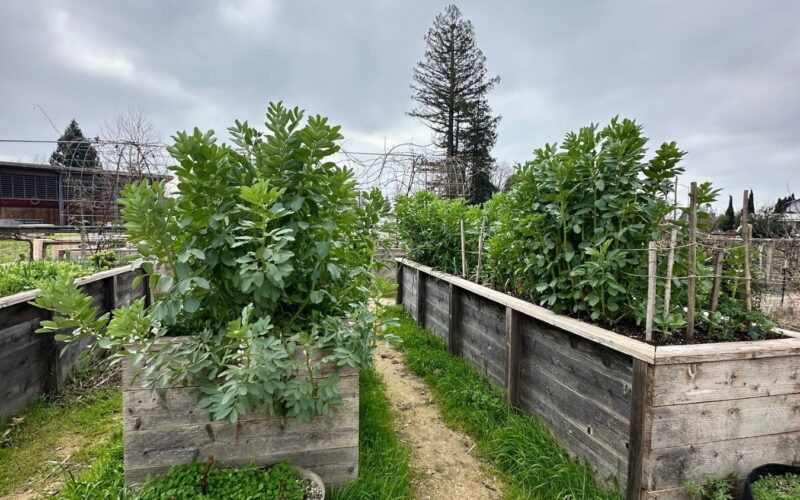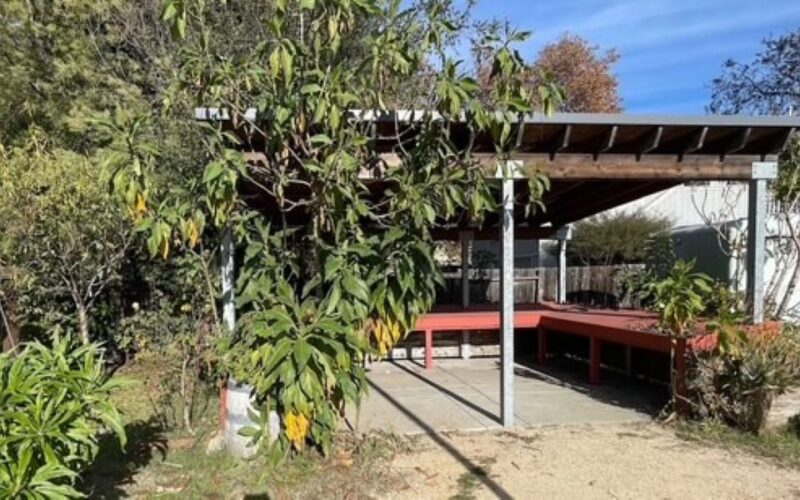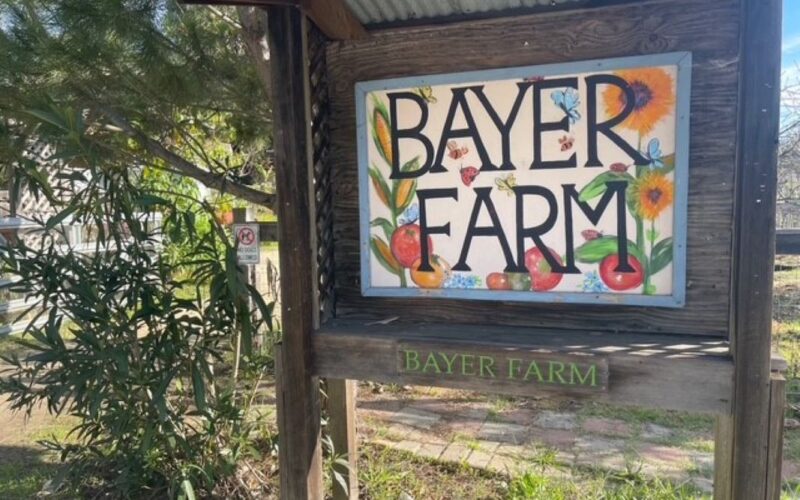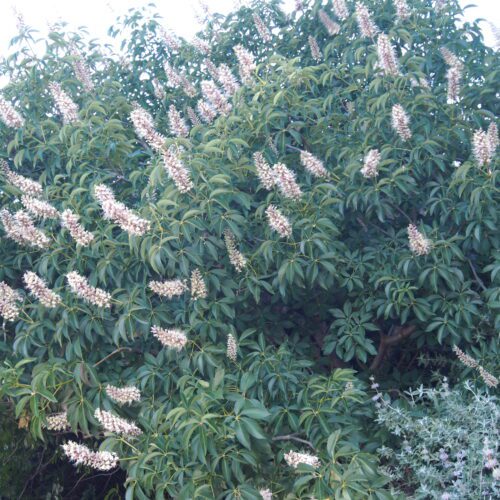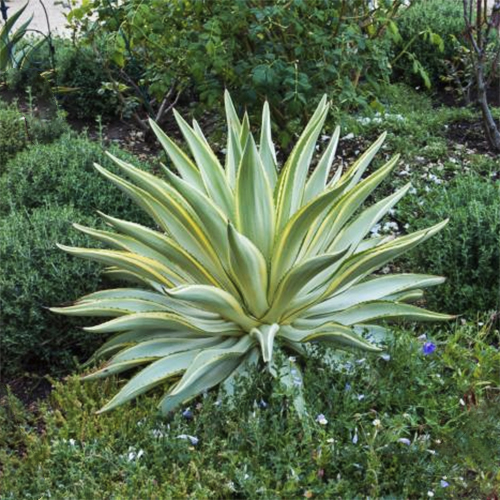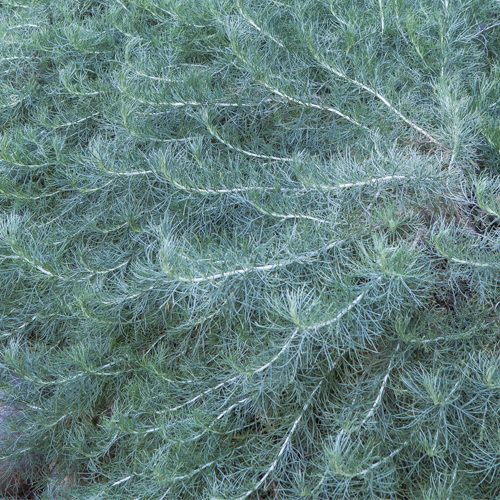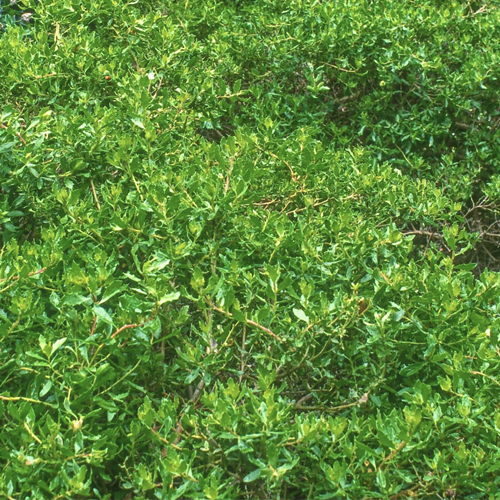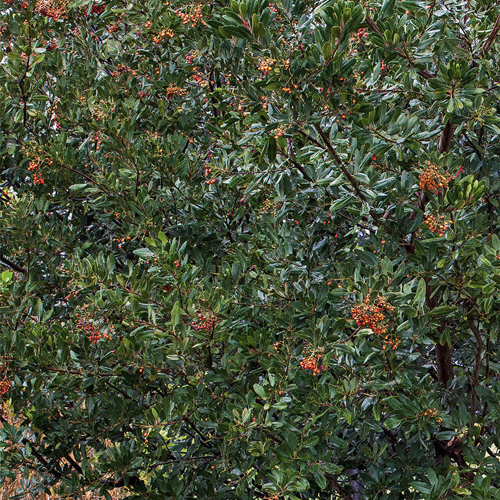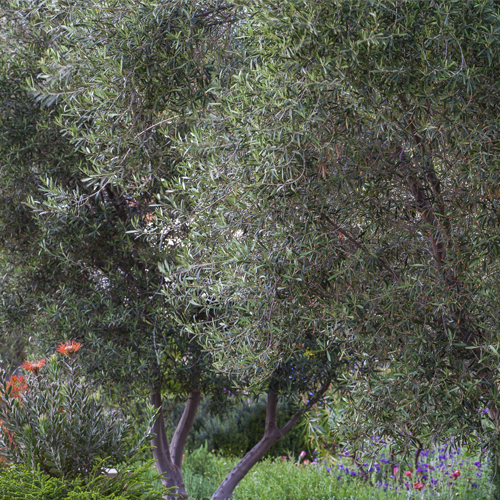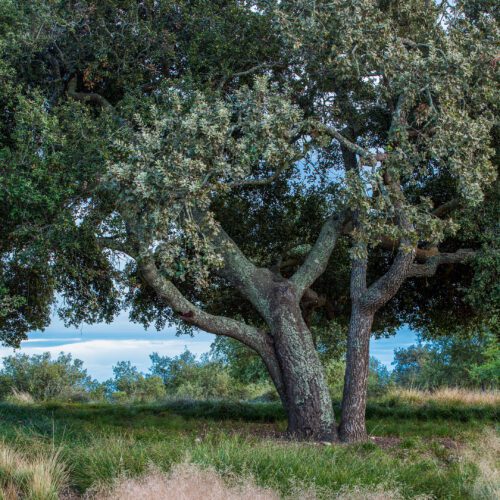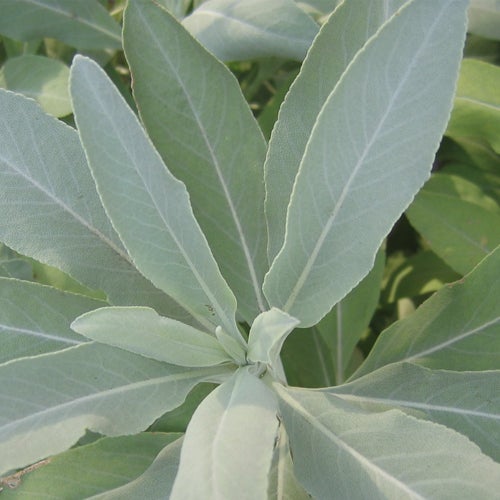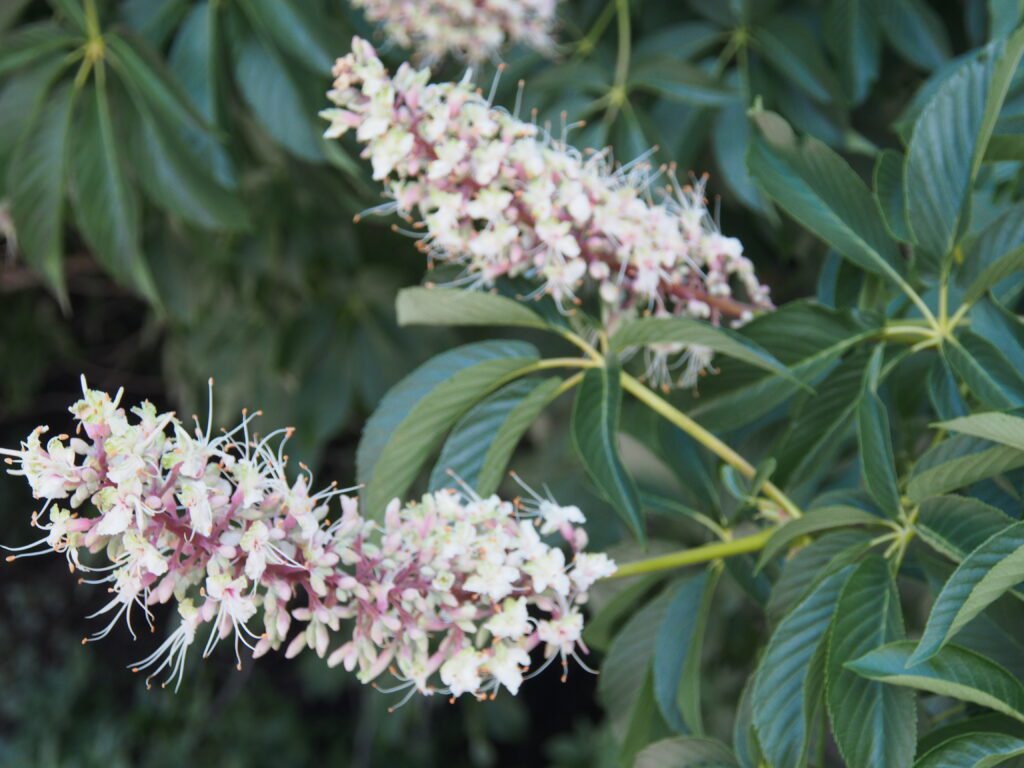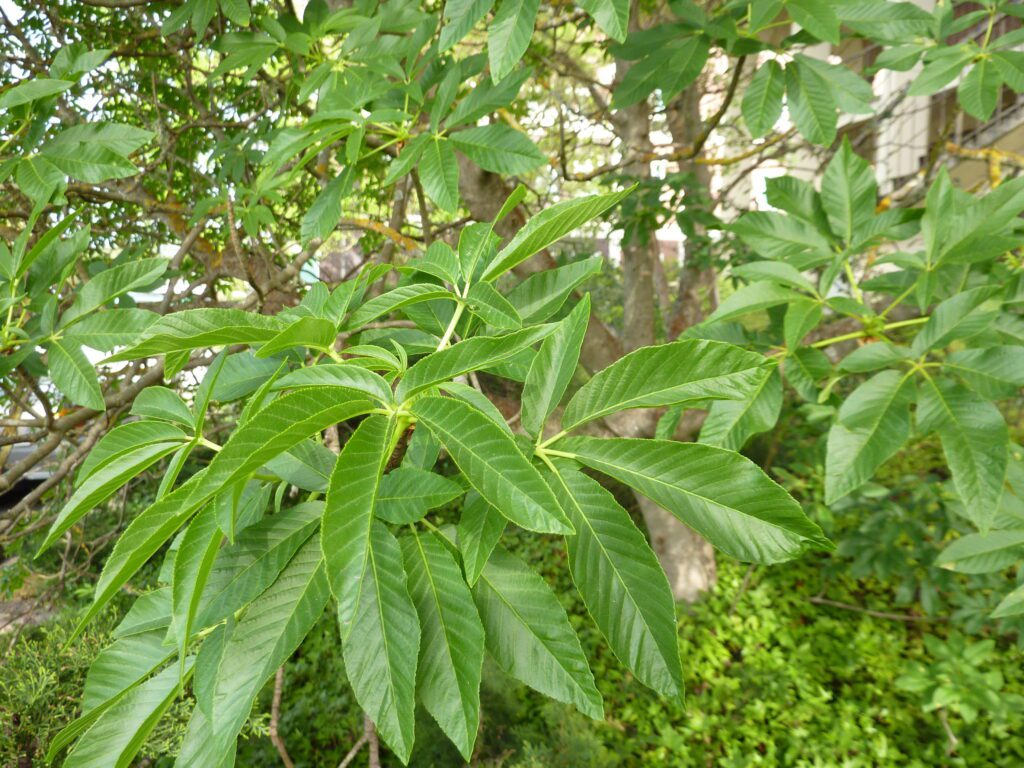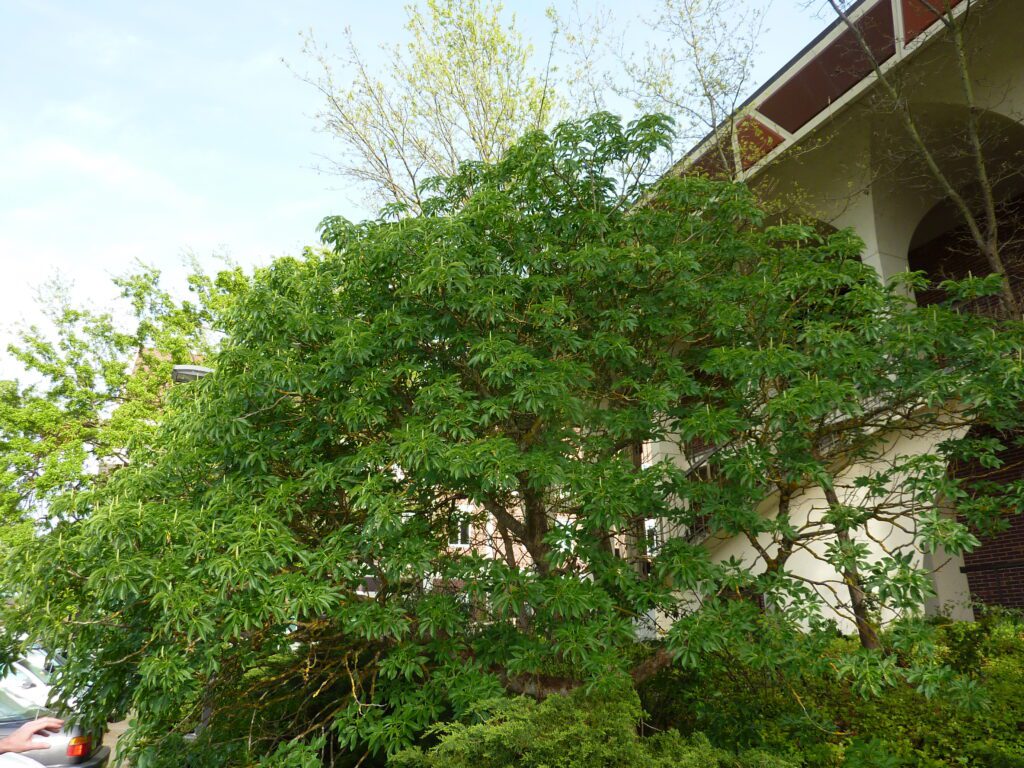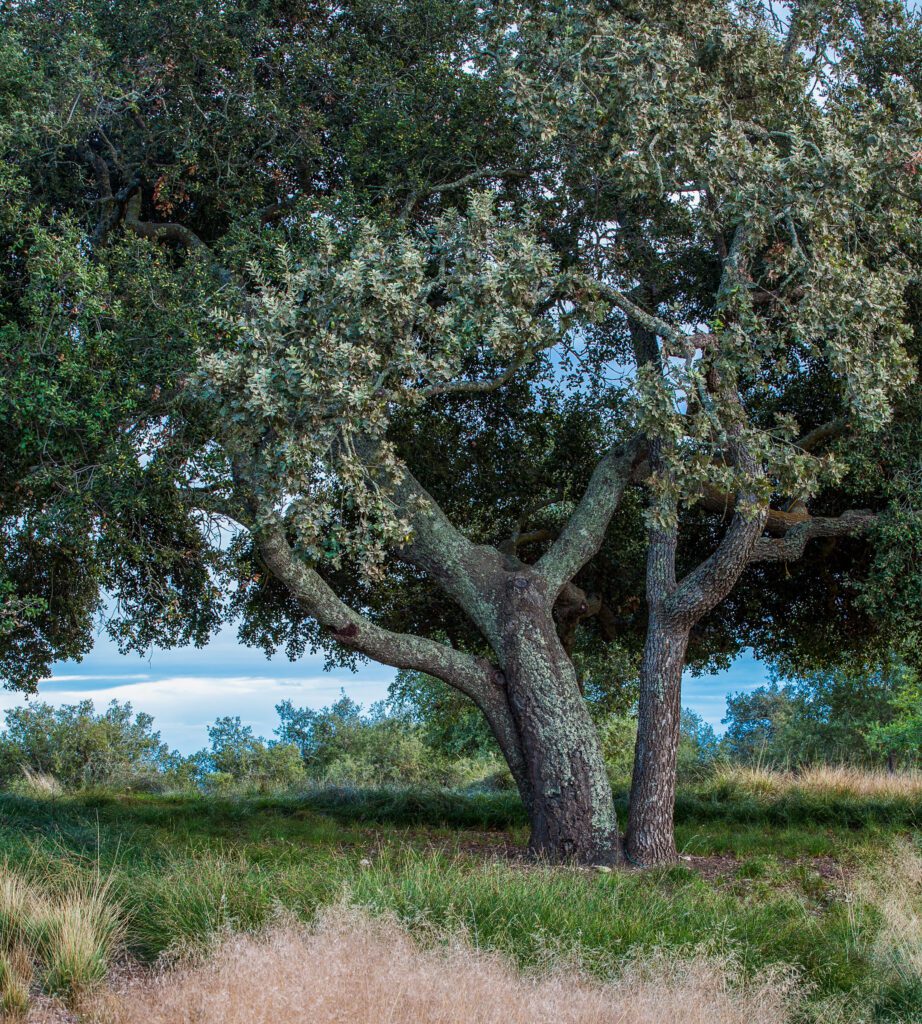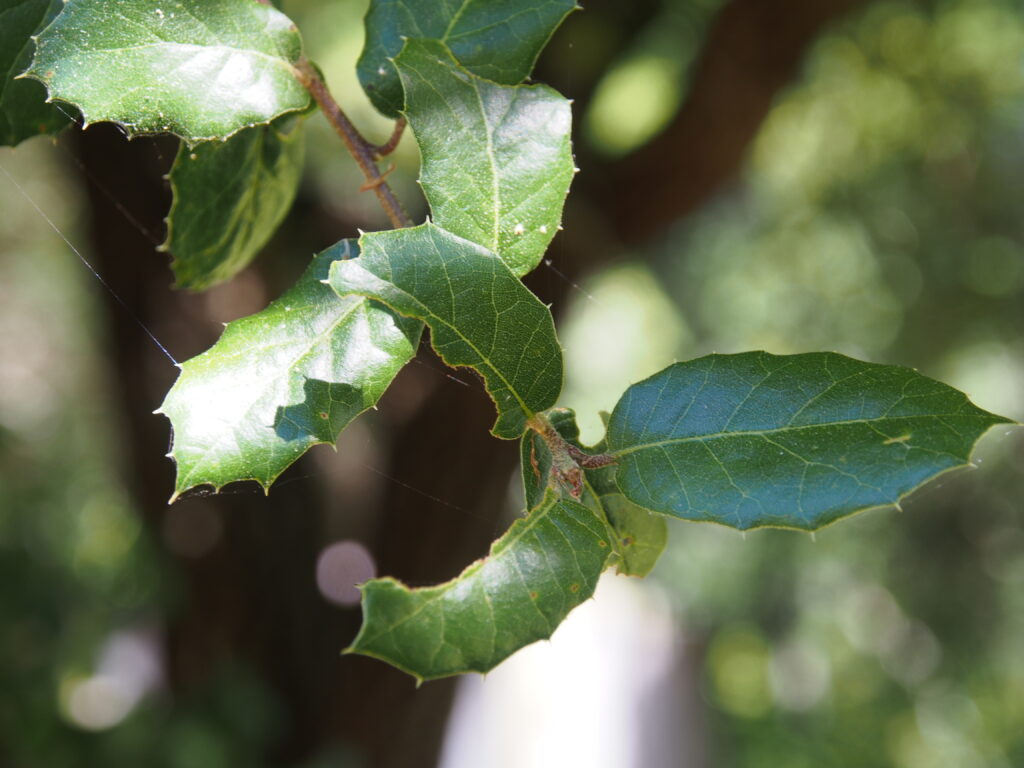Bayer Farm
BACK TO FULL TOUR
Garden Features
Drought Tolerant
Edible Garden
California Natives
Drip Irrigation
Pesticide Free
Sheet Mulching
Smart Irrigation Controller
Wildlife Habitat
Partner: Land Paths
Bayer Farm is a teaching and community concept in the heart of Roseland. One section is the Teaching Garden, and then the rest of the garden is full of 93 family spaces, which we call a community garden. All development has been gradual, planned, and executed with the best practices of Permaculture and Agroecology and with the participation of students from local schools, volunteers, and gardeners of 16 ethnicities. We currently manage 24 Thematic Areas with a curriculum that ranges from clean food, natural medicine, native plants, and the responsible use of resources such as water, care of the ecosystem, and many activities that provide access to the community.
Special Events
